Anyhow, I did not know exactly what to expect. It is a little different when an animal has hooves, than say, a puppy or kitten, and also because the babies are larger from sheep than cats and dogs. I tried to read all I could so I was ready in case help was required, plus the rare breeds of sheep I chose to keep, were natural with birthing and rarely would require help. Right?
Well, that was true. Shetlands, Icelandics, Karakuls, Merinos and Cotswolds are usually good mothers and do not need any help birthing their young. In fact, most are uncomfortable with my presence too close, so although I wanted to document a birth, catching a mom who would not get up and walk away if I approached was not quite so simple.
This is a first time Cotswold giving birth. The pictures are in sequence with a brief description of what to expect and what is normal. The birth progressed as it should have without any intervention from me, except to help dry off the baby. The mom got the idea she should lick the little one, and her tongue was going a mile a minute in mid air, but did not quite connect with the lamb, so I helped. Later, mom was less apprehensive and did continue to lick the baby. I hope this helps others who are new to lambing as it would have helped me when I was busy researching.
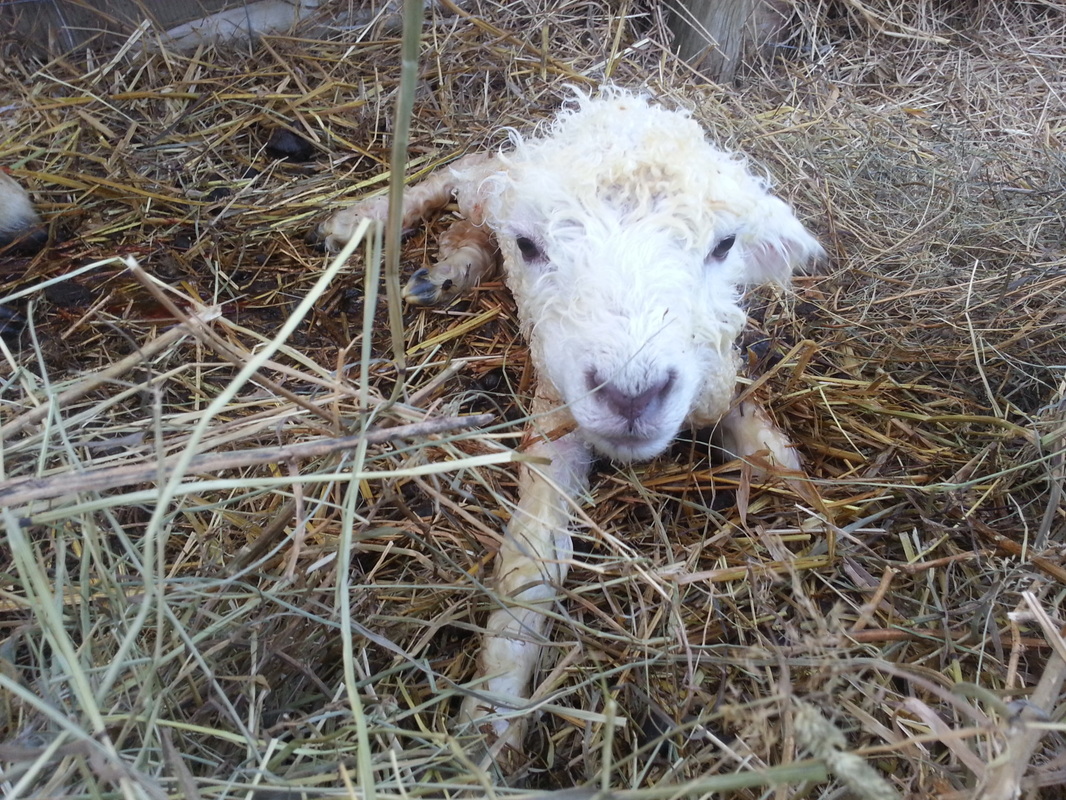

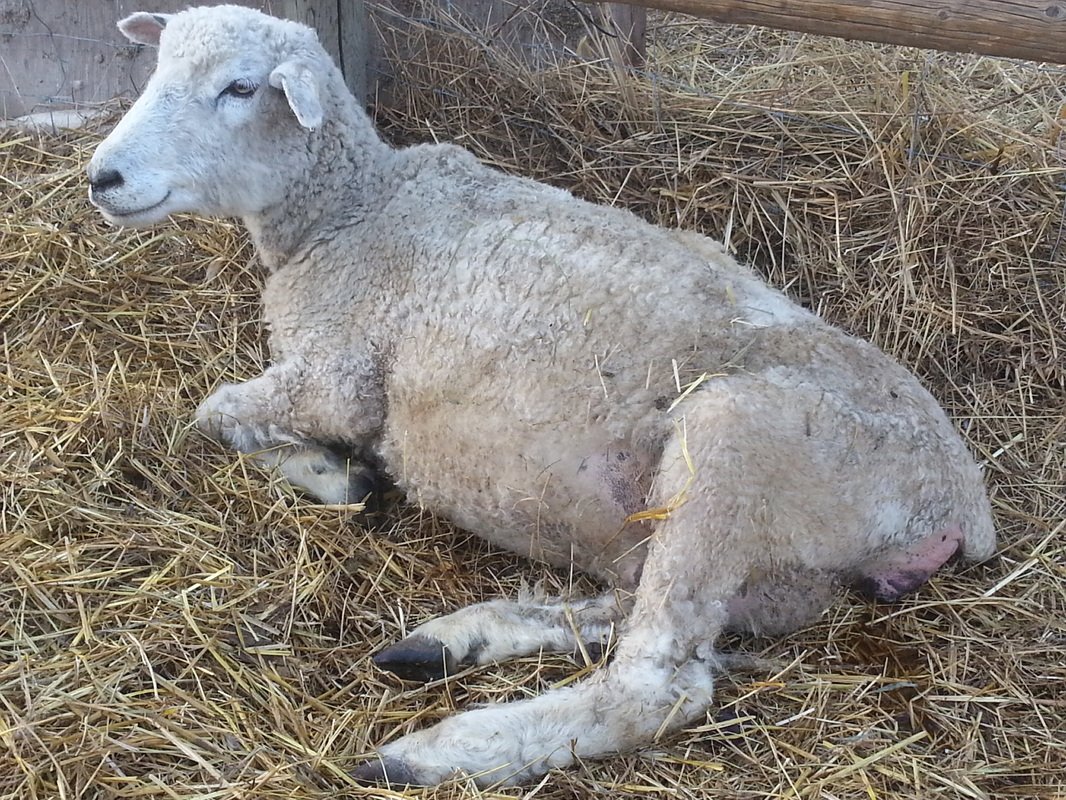
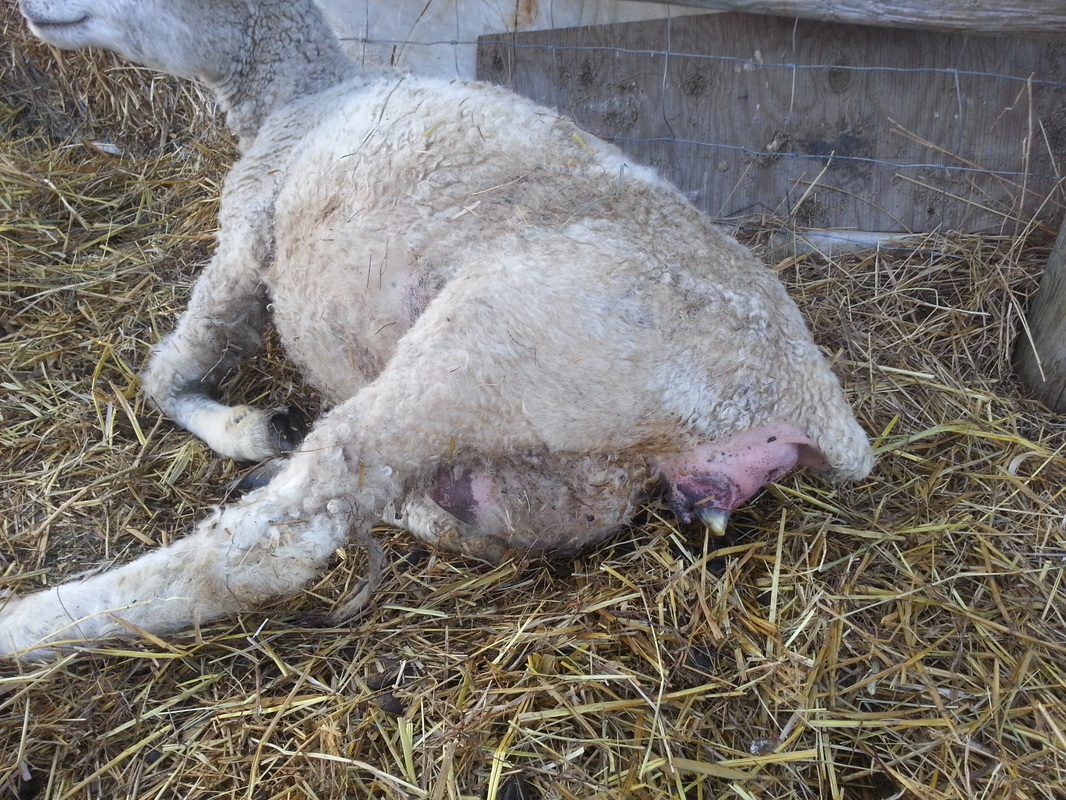
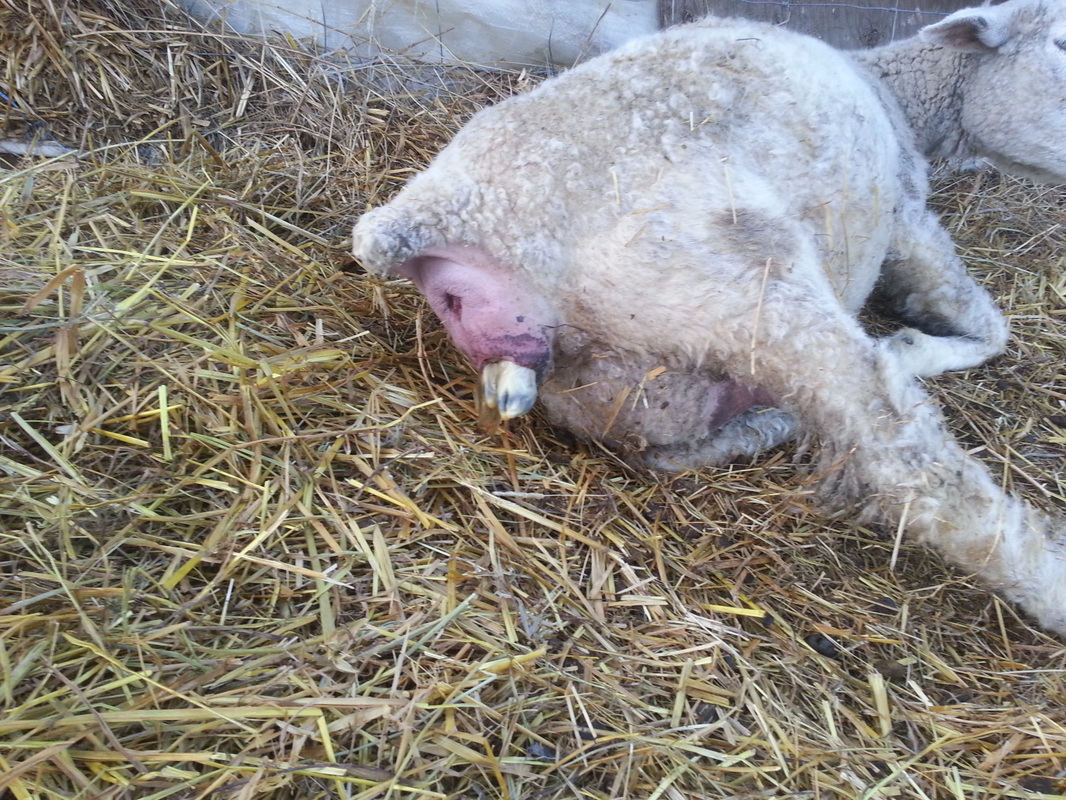
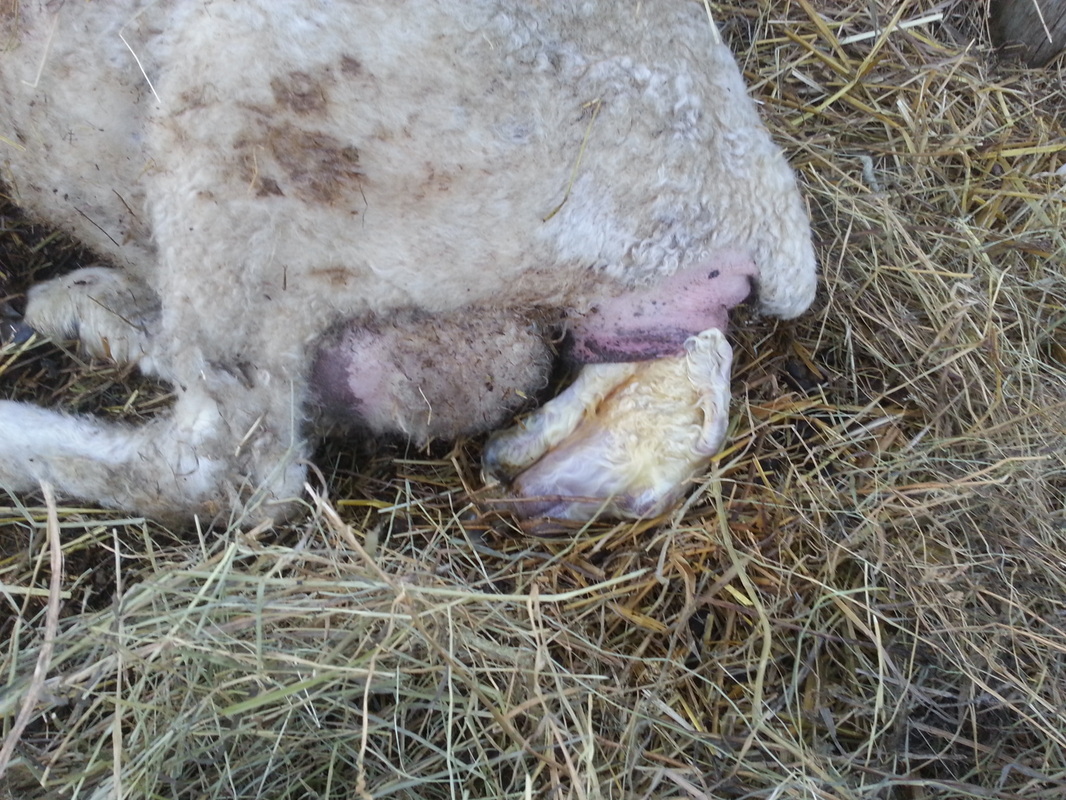

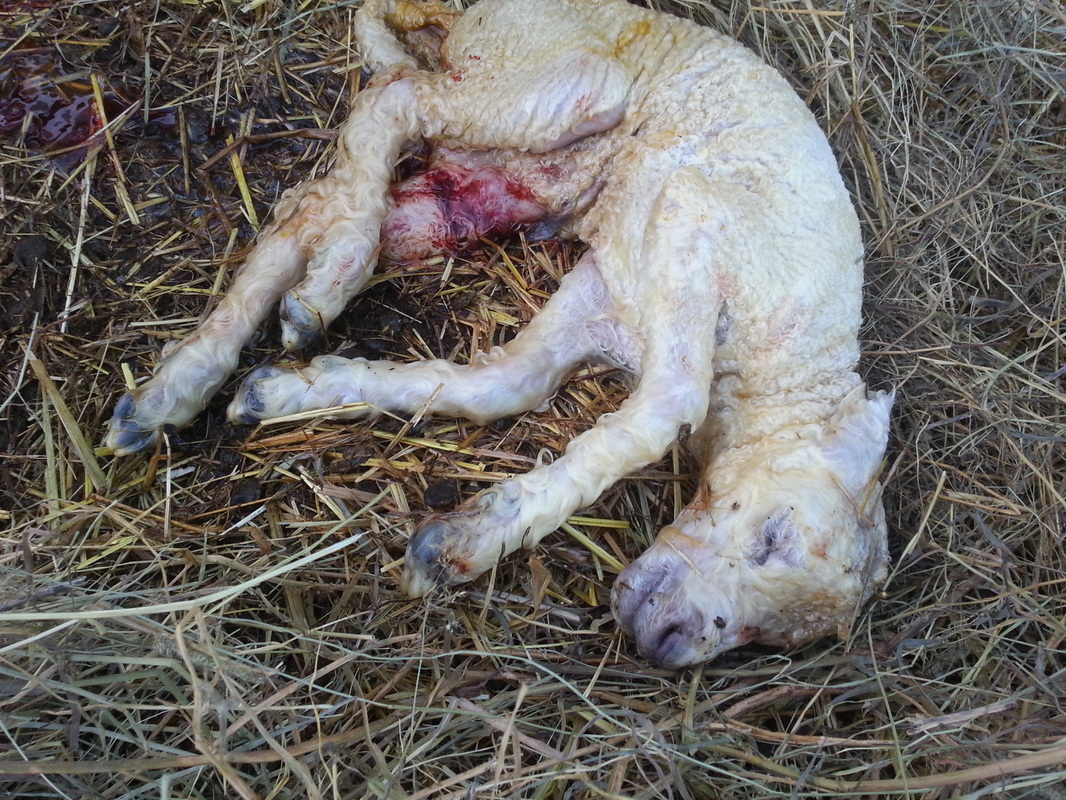
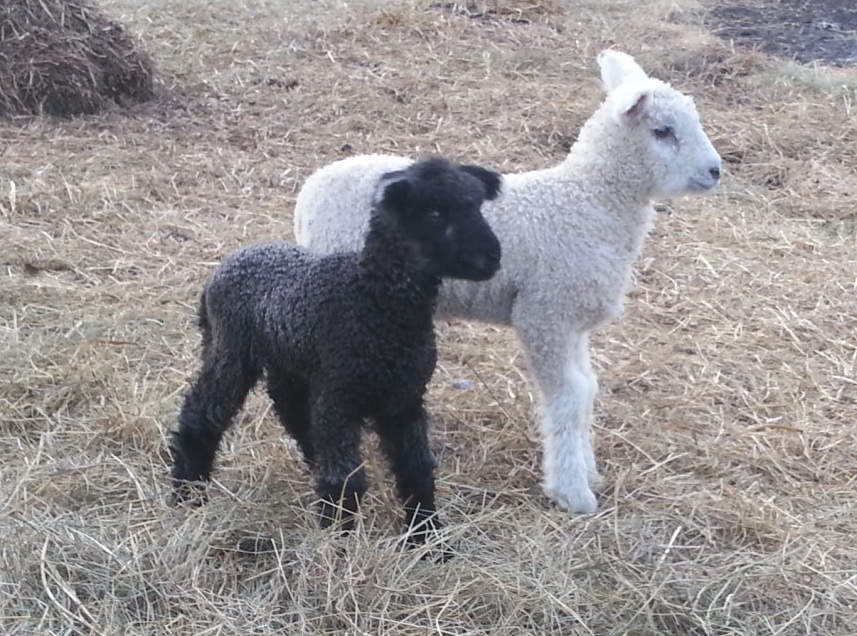
 RSS Feed
RSS Feed